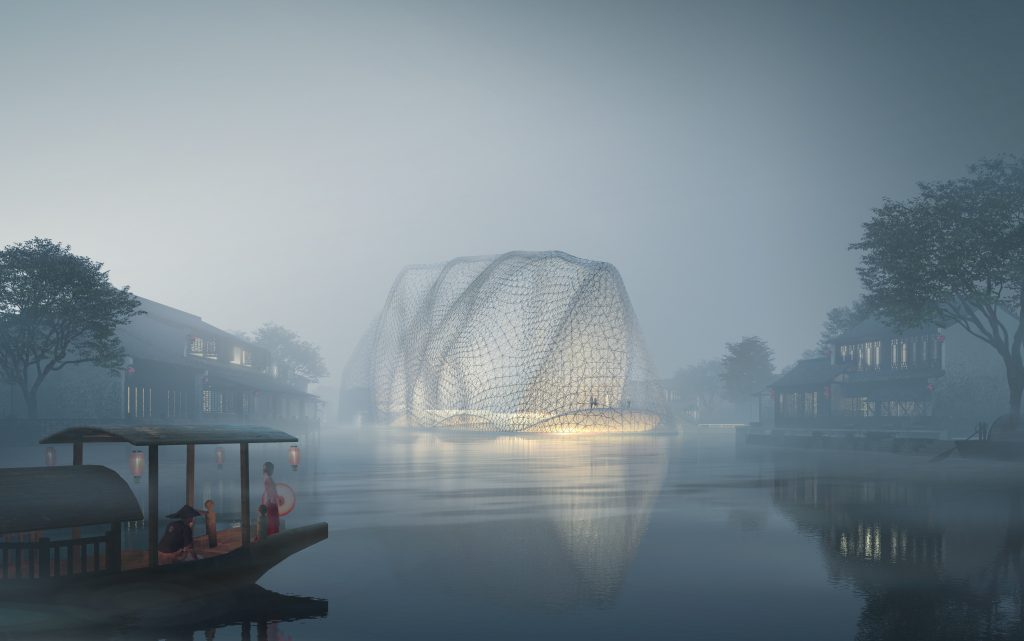
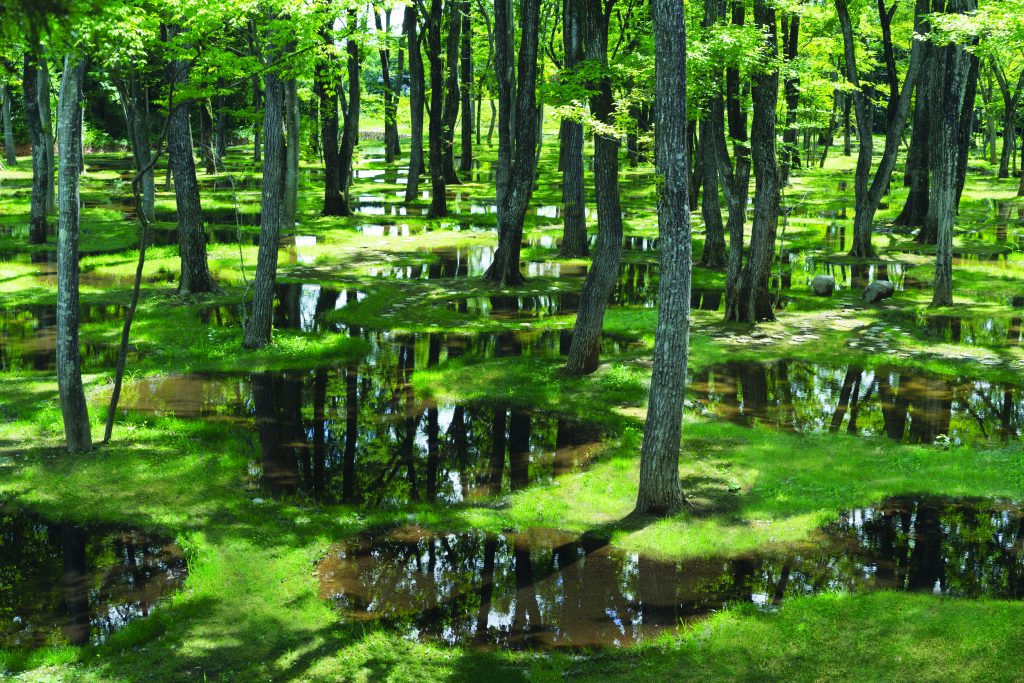
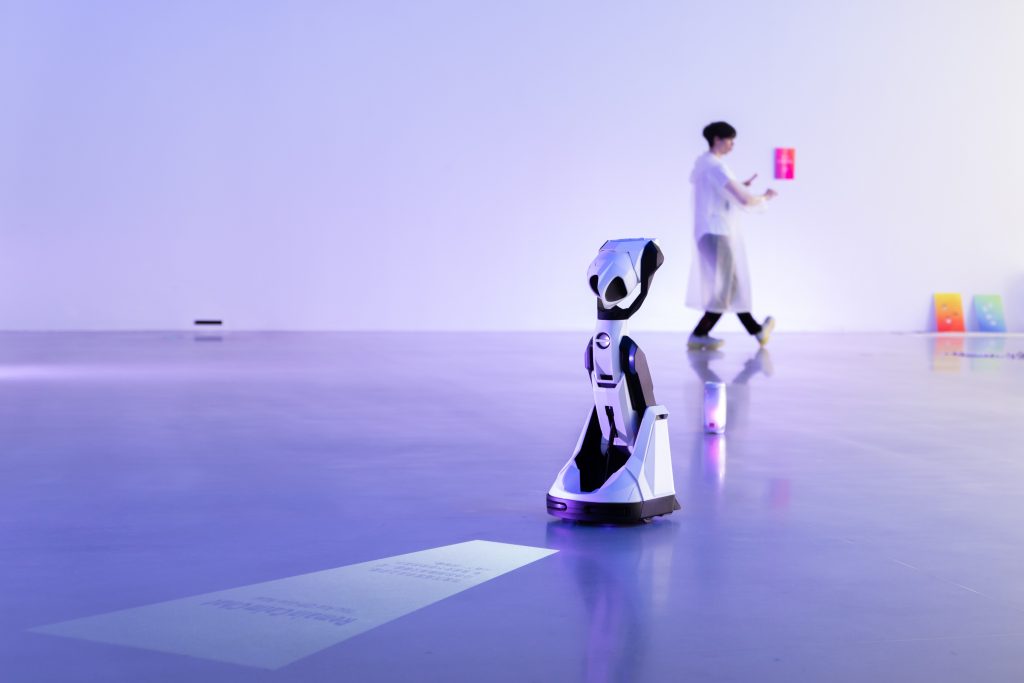
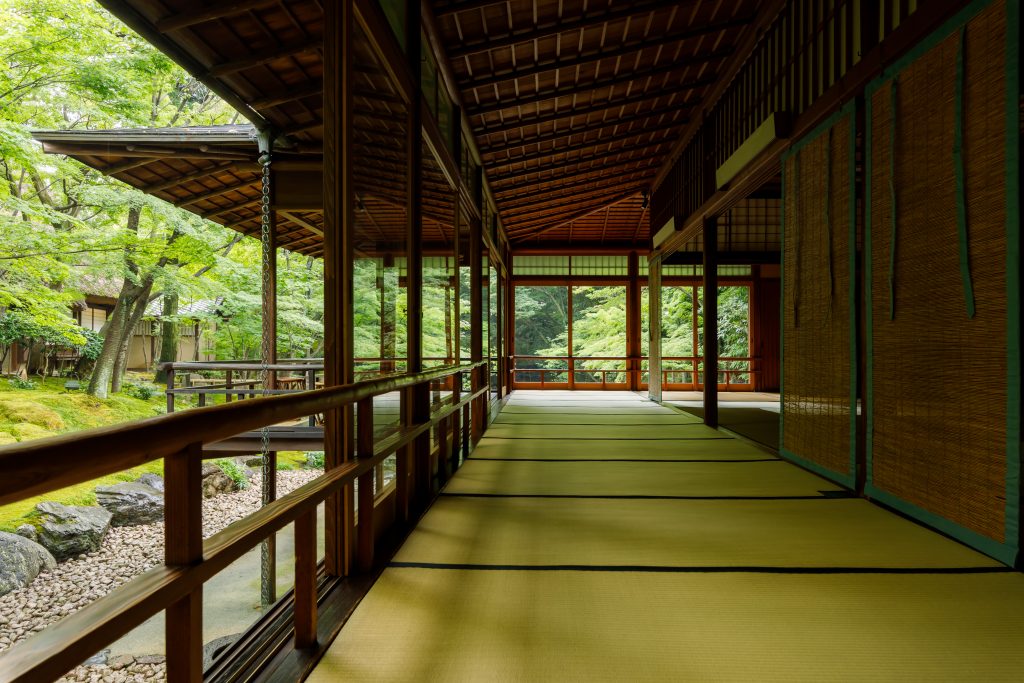
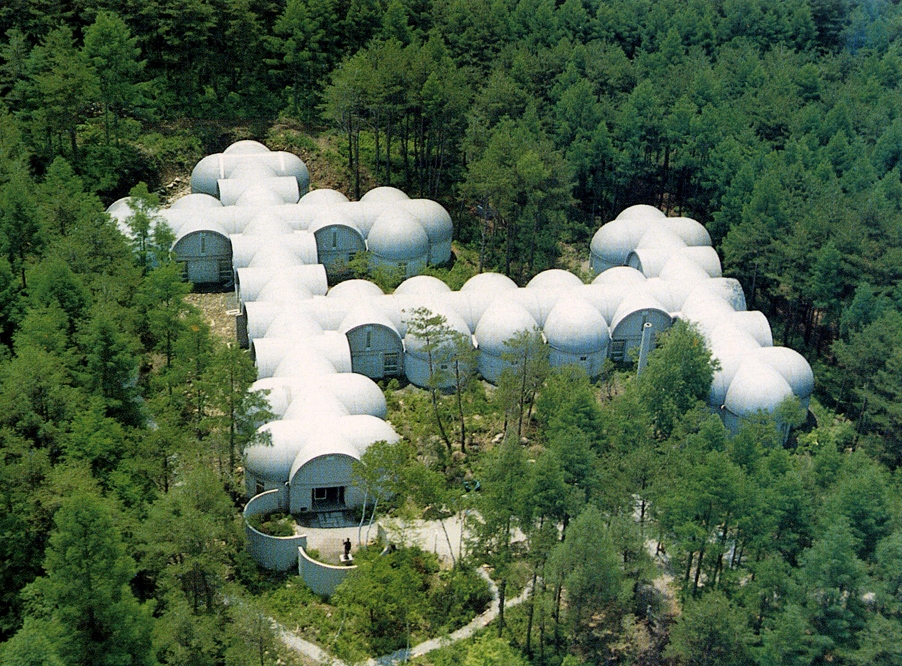
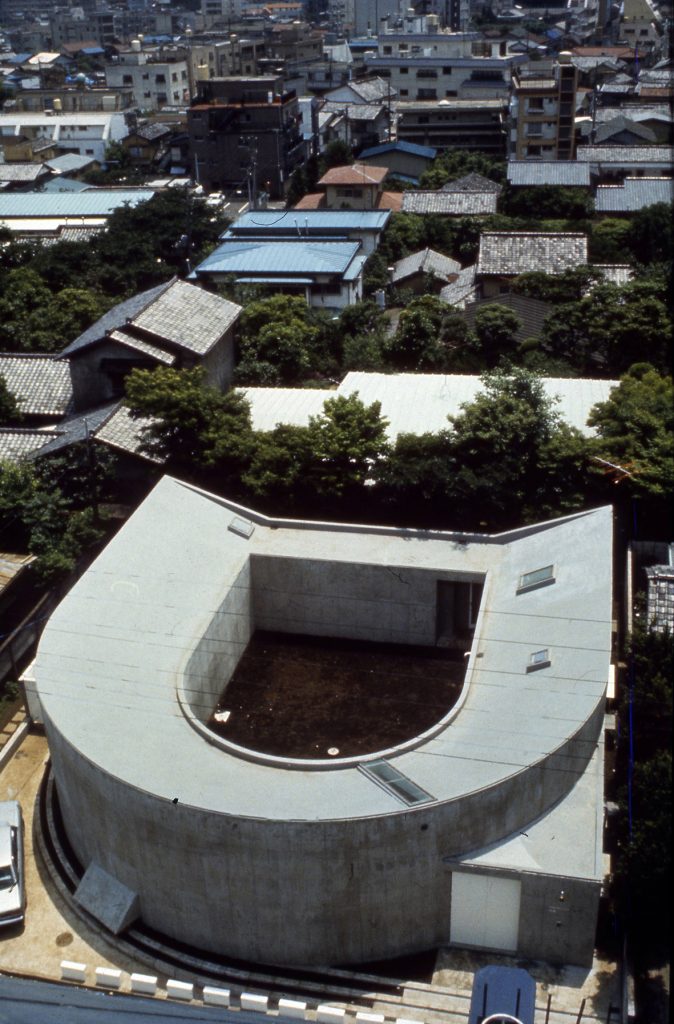






Amin Abbas
Sharjah Art Foundation presents the third Sharjapan exhibition, Remain Calm: Solitude and Connectivity in Japanese Architecture, curated by Yuko Hasegawa. Reflecting on the intimate role architecture plays in our lives, the exhibition, which runs from 24 July to 1 October 2021, explores the work of notable Japanese architects and artists.
These artists use traditional concepts to create physical spaces with both modern and contemporary elements. Conventionally understood as a space of enclosure, architecture exists independent of the external world, and yet simultaneously in dialogue with its surrounding environment.
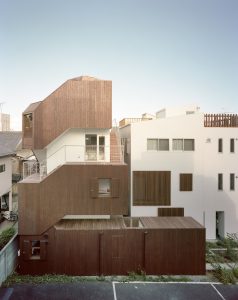
Remain Calm draws inspiration from the thirteenth century poet Kamo no Chōmei and looks to the hut, or hermitage, as a prototype that illustrates one of the underlying spiritual aspects of Japanese architecture. Having witnessed famine, natural disaster and war, Chōmei retreated to a tiny, collapsible hut that he moved along the banks of the Kamo River. This portable shelter offered Chōmei a place for quiet reflection, a space to remain calm—independent from the outside world while at the same time connected to the surrounding environment through sensory perception. The exhibition examines architectural projects that date from the thirteenth century to the present, from both historic and contemporary perspectives, through the lens of two key themes: solitude and connectivity.
The modern and contemporary projects presented in this exhibition have inherited simplicity, serenity and autonomy from, while still remaining connected to, the outside world—qualities integral to Japanese huts, tea ceremony rooms and traditional sukiya-zukuri residential architecture that originated in Zen culture.
The exhibition introduces visitors to experiments in Japanese architecture that aesthetically, stylistically and methodologically demonstrate a similar clarity of construction.
Remain Calm features an expansive design, which includes sculptural models that explore abstract concepts, spatial and performative multi-media installations as well as drawings, photographs and scale models of architectural projects.
A model of Sen no Rikyū’s Tai-an tea house serves as the starting point of this survey, which subsequently introduces the work of emergent and established architects Koji Fuji, Togo Murano, Sutemi Horiguchi, Toyo Ito, Kazuyo Sejima, Junya Ishigami, onishimaki + hyakudayuki architects, Shingo Masuda and Katsuhisa Otsubo, alongside a performative installation by artist Nile Koetting.
Koetting’s performance will take place throughout the opening day from 11:00 am to 9:00 pm. The multidisciplinary artist will present Remain Calm (Reduced +), a new version of his ongoing performative installation, inspired by the writings of author and researcher Miriam Stoney. The futuristic landscape is programmed to simulate the conditions of natural disasters such as earthquakes, floods, fires and meteorite impacts. As disaster unfolds on a simulative ‘set’, the installation imagines an institution in a state of emergency and questions the kinds of solidarity that would emerge. The performance offers practical perspectives on the role museums and art centres can play in times of crisis. Speculative scenography is evoked by sensory elements such as fog, light, micro plastic sand and stylised moving images like those seen on airport information display boards.
Remain Calm: Solitude and Connectivity in Japanese Architecture is the third iteration of Sharjah Art Foundation’s four-year collaboration with curator Yuko Hasegawa that aims to introduce aspects of Japanese culture to audiences in Sharjah. Sharjapan 1: The Poetics of Space highlighted book design in Japan through innovative exhibition methods, bringing together typography, page design and photographs combining text and images. While Sharjapan 2, titled Inter-Resonance: Inter-Organic, focused on performance and sound-based installations.
This year’s edition of Sharjapan explores ideas that resonate powerfully in these uncertain times when the pandemic has made staying at home the ‘new normal’, while disrupting individual connectivity to an outside world that feels fraught with challenges, risk and unknown possibilities. Remain Calm is a: Proposition for a place to contemplate the possibilities of new lifestyles and modes of human existence, to cultivate serenity infused with a richness of thought, to nurture ways of life that are both productive and intellectual, and to understand the choice between isolation, exclusion and connection as a process of negotiation.
To ensure the comfort and safety of the local community and adhere to social distancing guidelines, visitors interested in viewing the exhibition should book a slot in advance through Sharjah Art Foundation website. Enhanced sanitation and disinfection will take place between visits in line with recommendations from health authorities. The exhibition is free to attend and open to all. However, booking in advance is highly encouraged.
For more information about the exhibition, visit sharjahart.org